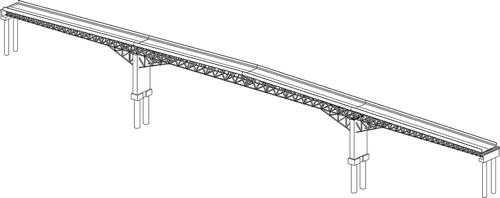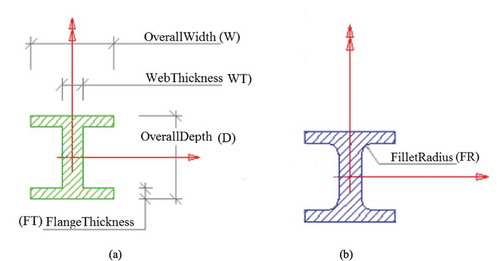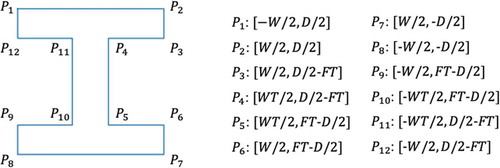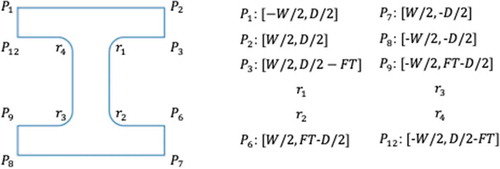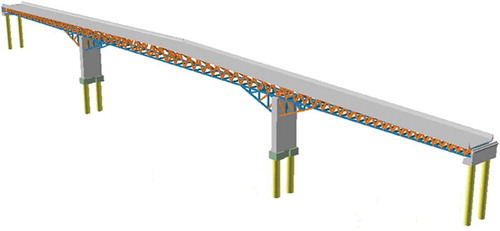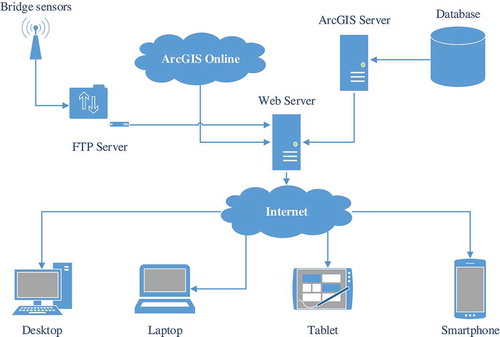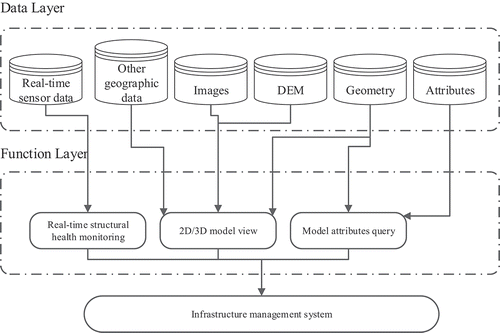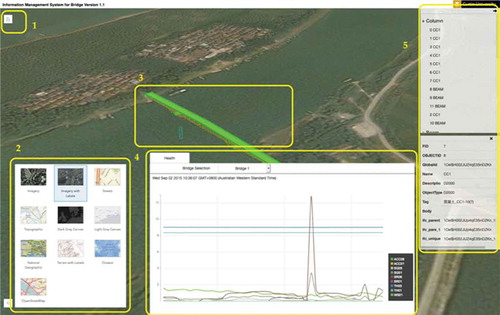Figures & data
Table 1. Building element types and quantity
Table 2. Profiles used by entities
Table 3. Side-by-side comparison of IFC model and shapefile model
Table 4. Quantity of entities in the IFC and shapefile model
Table 5. Quantity of closed geometry for each element and percentage

